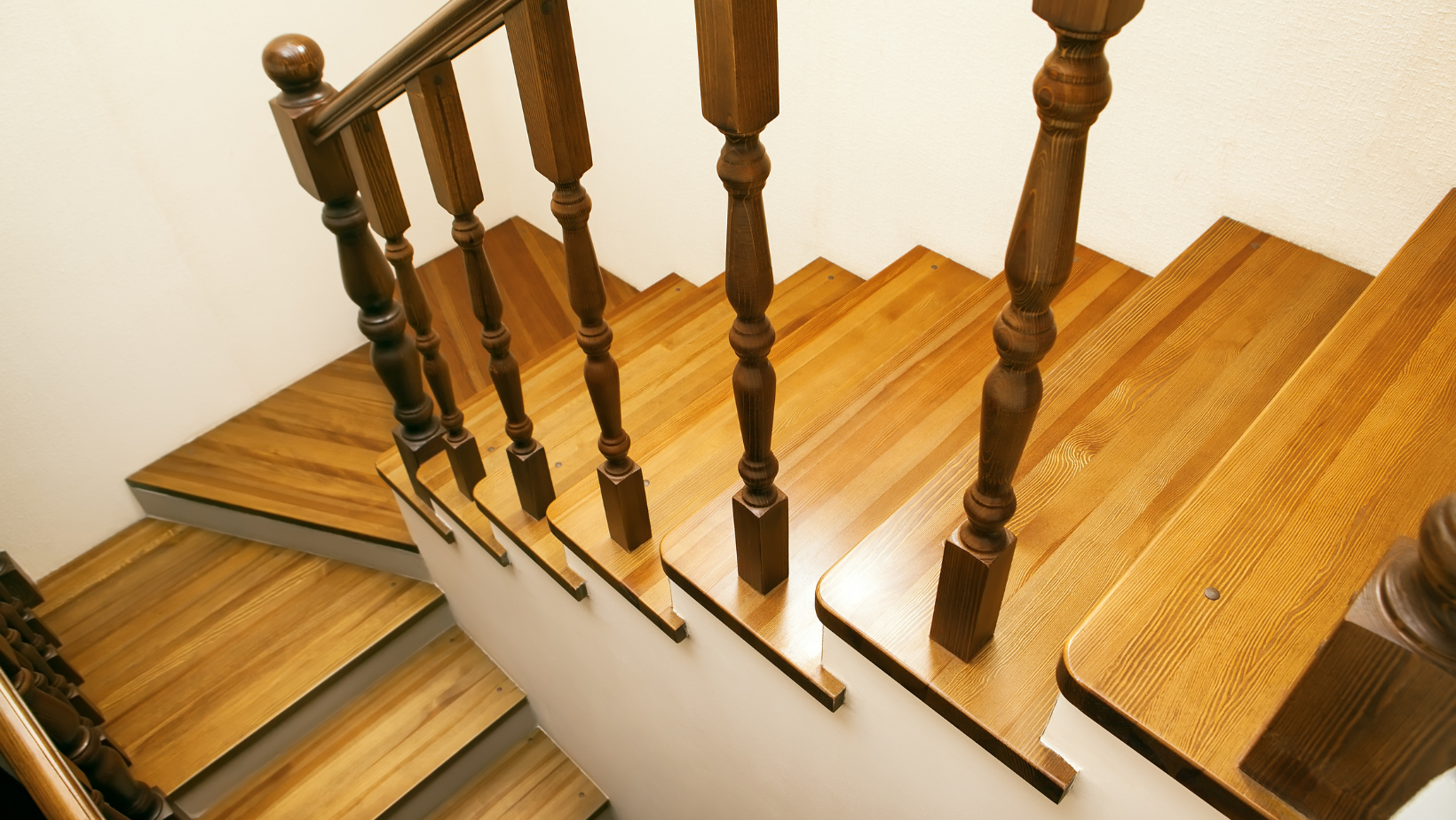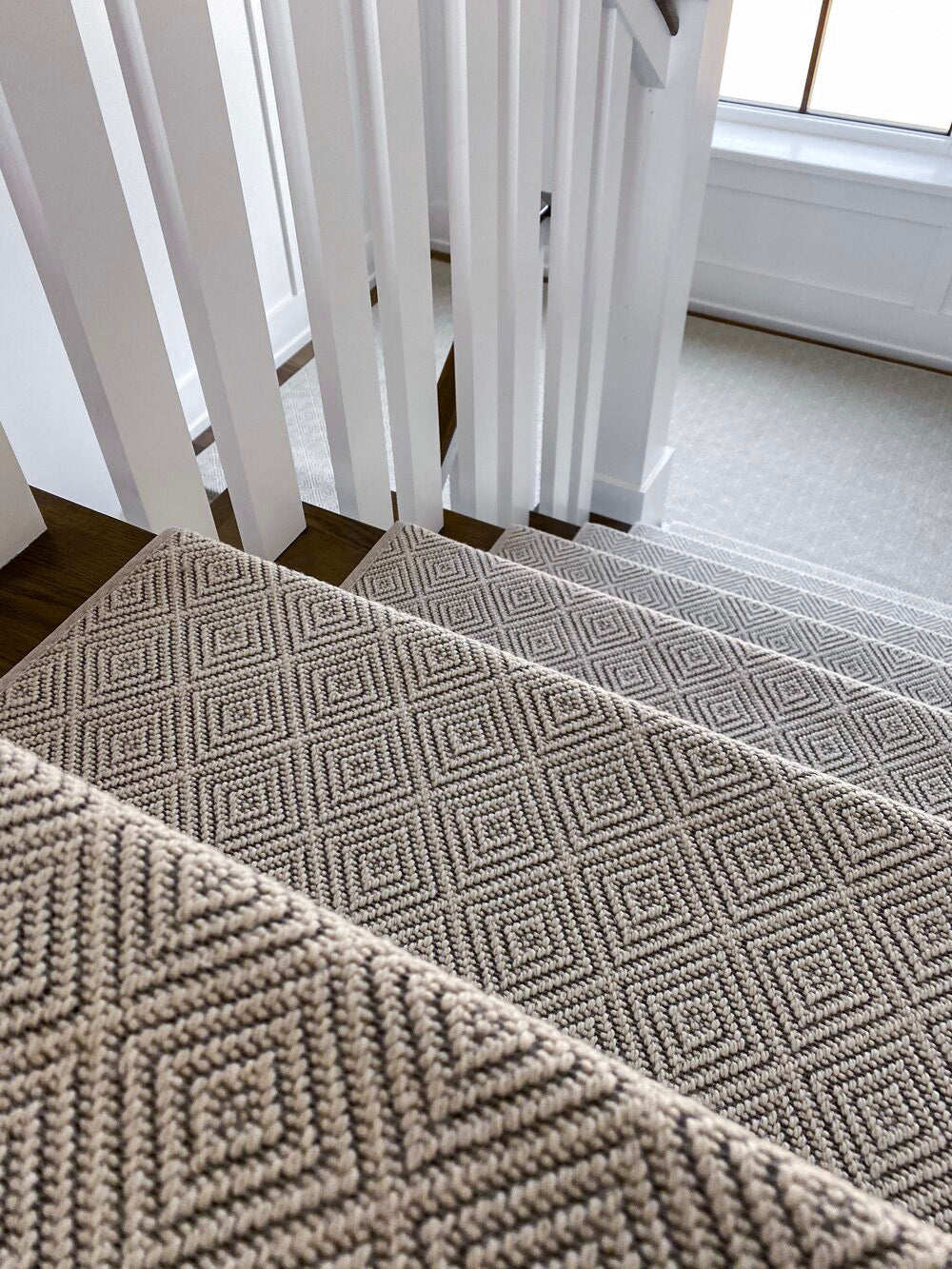Understanding the deck stair replacement cost is essential for homeowners planning to upgrade their outdoor space.
Replacing old or damaged stairs improves safety and enhances curb appeal.
Adding carpet stair treads can further enhance the look and provide better traction.
The cost of replacing deck stairs varies based on materials, labor, and design complexity.
Homeowners should consider the long-term benefits of durable materials and proper installation.
This guide covers everything from cost breakdowns to weather considerations and safety enhancements.
The Average Cost of Replacing Deck Stairs
Replacing deck stairs is an essential home improvement project that varies in cost depending on materials, design, and labor.
Generally, the outdoor stair replacement cost can range from $500 to $1,500.
However, larger projects with complex designs may cost more.
Understanding the cost breakdown helps homeowners budget effectively and determine whether a DIY approach or hiring a contractor is the best option.
Factors Influencing Deck Stair Replacement Cost
Several factors determine how much you'll pay for a deck stair replacement:
-
Size & Design Complexity: Larger decks with multiple staircases will naturally cost more than small single-flight stairs. If your stairs have railings, landings, or custom features, expect additional expenses.
-
Material Selection: Whether you choose wood, composite decking, or metal, your choice of materials will impact the total cost.
-
Labor Costs: Professional installation is recommended for complex designs, but a DIY approach can reduce costs.
-
Structural Repairs: If the staircase foundation or support posts need reinforcement, the cost will rise.
Material Comparison for Deck Stairs
Choosing the right material for your deck stairs impacts both cost and durability.
Here’s a breakdown of common materials:
-
Pressure-Treated Wood is the most affordable option, typically costing $25 to $50 per step. It’s widely available and easy to work with but requires regular maintenance to prevent warping and decay.
-
Cedar or Redwood ranges from $40 to $75 per step and is naturally resistant to rot and insects. While more durable than pressure-treated wood, it requires occasional staining to maintain its appearance.
-
Composite Decking is a low-maintenance option, costing $50 to $100 per step. It resists moisture and fading, making it a durable choice, though it comes at a higher price than natural wood.
-
Aluminum or Metal stairs are the most durable but also the most expensive, with prices ranging from $75 to $200 per step. They offer a sleek, modern look and require little upkeep, making them ideal for long-term use.
If you’re planning a porch stair replacement, pressure-treated wood remains the most budget-friendly choice.
However, for homeowners seeking a low-maintenance and weather-resistant option, composite decking or metal stairs may be a better investment.
Cost Breakdown: Materials & Labor
Typically, deck stair replacement costs are split as follows:
-
Materials: 50% of total cost (wood, composite, metal, etc.)
-
Labor: 50% of total cost (contractor fees, permits, installation)
Labor rates vary by location, but hiring a contractor may cost between $50 and $100 per hour.
A simple porch stair replacement with minimal features will be on the lower end, while custom deck stairs with lighting, railings, or complex designs will increase labor costs.
How to Save on Outdoor Stair Replacement Cost
Looking to cut costs on your deck stair replacement?
Here are some effective ways to save money:
-
Reuse Existing Materials: If parts of your current stairs, such as railings or stringers, are still in good condition, consider reusing them.
-
Opt for a Simple Design: Avoiding curved or intricate staircases helps reduce costs.
-
Buy Materials in Bulk: Purchasing materials in larger quantities may help you qualify for bulk discounts.
-
DIY Installation: If you're experienced with carpentry, handling the project yourself can save you hundreds of dollars in labor costs.
However, for homeowners without experience, it’s advisable to hire professionals to ensure safety and durability.
Enhancing Safety and Aesthetics with Carpet Stair Treads
Once your deck stairs are replaced, adding carpet stair treads is an excellent way to enhance safety and aesthetics.
Carpet treads provide additional traction, reducing the risk of slipping—especially in wet or icy conditions.
Benefits of Carpet Stair Treads for Outdoor Stairs
Carpet stair treads are an affordable way to improve outdoor stair safety while also adding visual appeal. Their key benefits include:
-
Slip Resistance: Reduces accidents, especially for children and pets.
-
Added Comfort: Provides a softer, cushioned surface underfoot.
-
Extended Stair Lifespan: Protects wood or composite decking from wear and tear.
Choosing the Right Carpet Stair Treads for Outdoor Use
When selecting carpet stair treads for an outdoor staircase, durability is crucial.
Look for materials that are:
-
Weather-Resistant: Opt for UV-stabilized materials that won’t fade under sunlight.
-
Mold & Mildew Resistant: Prevents moisture buildup and decay.
-
Designed for Outdoor Use: Some indoor treads won’t withstand exposure to rain or snow.
Weather Considerations for Wooden Decks and Carpeting
Weather conditions play a significant role in the longevity of both wooden deck stairs and outdoor carpeting.
How Weather Affects Wooden Deck Stairs
Deck stairs are constantly exposed to sunlight, rain, snow, and temperature fluctuations, which can cause:
-
Warping & Cracking: Wood expands and contracts with changing temperatures.
-
Rot & Decay: Moisture accelerates deterioration in untreated wood.
-
Fading & Discoloration: UV exposure breaks down wood fibers over time.
To extend the life of your deck stairs, use weather-resistant stains and sealants.
Permits and Regulations for Deck Stair Replacement
Replacing deck stairs isn’t just about materials and labor costs; you may also need permits to ensure compliance with local building codes.
Understanding these regulations can help avoid fines and ensure a safe, long-lasting installation.
Do You Need a Permit for Deck Stair Replacement?
In most areas, a permit is required for any structural modifications, including deck stair replacement.
Building codes specify stair height, tread depth, and railing requirements to enhance safety.
Before starting your project, check with your local municipality to determine if a permit is needed.
Hiring a contractor familiar with local regulations can also simplify the process.
Common Building Code Requirements
Deck stair regulations vary, but some common standards include a minimum tread depth of 10 inches, a maximum riser height of 7.75 inches, and handrails on stairs with four or more steps.
These guidelines ensure proper footing and stability, reducing fall risks.
If your existing stairs don’t meet these standards, replacing them improves both safety and compliance.
Hidden Costs of Deck Stair Replacement
The upfront cost of materials and labor isn’t the only expense to consider when replacing deck stairs.
Homeowners should account for hidden costs such as disposal fees, structural repairs, and additional safety features.
Old Stair Removal and Disposal Fees
If your current deck stairs are damaged or rotting, removal and disposal may add extra costs. Some contractors include this in their estimate, while others charge separately.
Dumpster rentals or landfill fees may also be necessary, particularly for large or multi-tiered decks.
Upgrading Railings and Support Structures
Many homeowners overlook the condition of railings and stair supports when estimating replacement costs.
If these elements are weak or outdated, upgrading them alongside the stairs ensures a more stable and long-lasting structure.
While this adds to the deck stair replacement cost, it prevents future repairs and enhances safety.
Stepping It Up
Understanding the deck stair replacement cost, the benefits of carpet stair treads, and how weather affects outdoor stairs helps homeowners make the right choices when upgrading their outdoor spaces.
Choosing high-quality materials and hiring professionals when needed ensures a safe and lasting installation.
Adding carpet stair treads is a simple way to increase safety while complementing your outdoor aesthetic.
With the right materials and proper maintenance, your stairs will remain durable and stylish for years to come.
Planning ahead and considering cost-effective strategies can help homeowners maximize their investment.
Get the Best Carpet Stair Treads from Oak Valley Designs
If you’re looking for premium-quality carpet stair treads to enhance your new deck stairs, Oak Valley Designs offers custom, weather-resistant options designed for durability and safety.
-
Website: https://oakvalleydesigns.com/
-
Phone: 706.331.0315
-
Email: info@oakvalleydesigns.com
-
Address: 30 River Ct SW Bldg E Cartersville, Ga 30120




